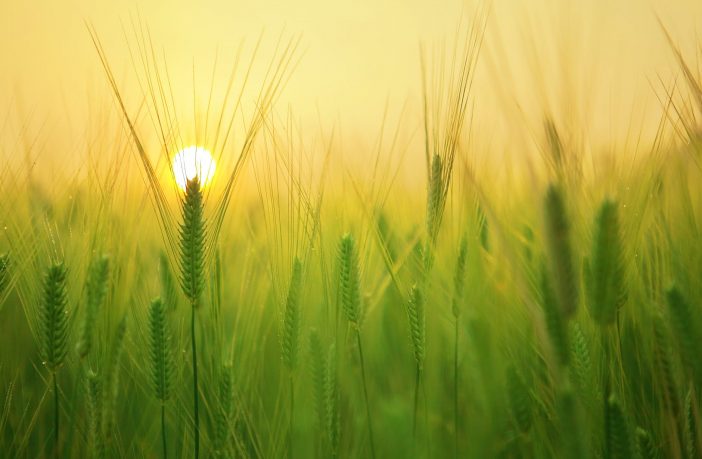- A U.S. research team has found the most efficient locations for agrivoltaics include western America, southern Africa and the Middle East.
- The researchers found crop land, grasslands and wetlands were the best environments for PV projects linked to agriculture.
- Conditions suitable for crops are ideal for improving solar module efficiency.
Combining solar power generation and agriculture offers not only a solution to securing land for PV projects in nations such as the Netherlands or Japan, where soil consumption is becoming an issue, but can also improve some kinds of agricultural activities while offering better yield from solar power plants.
That was the conclusion of a study by researchers at Oregon State University in the U.S. which has been published in Nature.
The authors of the study found the most suitable regions for ‘agrivoltaics’ are in western America, southern Africa and the Middle East. They reached that conclusion by applying a model for solar panel efficiency which included the influence of a panel’s microclimate. The model was applied to datasets of global microclimates.
The model also enabled the scientists to identify the best three types of land for agrivoltaic potential as crop lands, grasslands and wetlands. Those environments also offer the best conditions for improving the yield of solar modules: high levels of insolation, light winds, moderate temperatures and low humidity.
“These are the same conditions that are best for agricultural crops and vegetation has been shown to be most efficient at using available water under mesic [moderately watered]conditions where atmospheric evaporative demand is balanced by precipitation supply,” stated the paper.
Mutual benefits
The paper stated PV is not the only beneficiary of co-locating solar projects on agricultural land. “Crops are grown in the intermittent shade cast by the PV panels in agrivoltaic systems,” the study asserted. “The shade does not necessarily diminish agricultural yield.”
The study also drew upon power production data from field tests conducted by U.S. car maker and PV manufacturer Tesla across five agrivoltaic sites in Oregon and found aloe vera, tomatoes, biogas maize, pasture grass and lettuce were successfully grown in those experiments.
“Some varieties of lettuce produce greater yields in shade than under full sunlight; other varieties produce essentially the same yield under an open sky and under PV panels,” the researchers stated, adding that semi-transparent PV panels may open further crop yield opportunities.
“If less than 1% of agricultural land was converted to solar panels it would be sufficient to fulfill global electric energy demand,” the scientists claimed. Opposition to new solar capacity in some nations has hinged on fears such developments will mean extensive losses of productive farmland.
Author: Emiliano Bellini
This article was originally published in pv magazine and is republished with permission.











